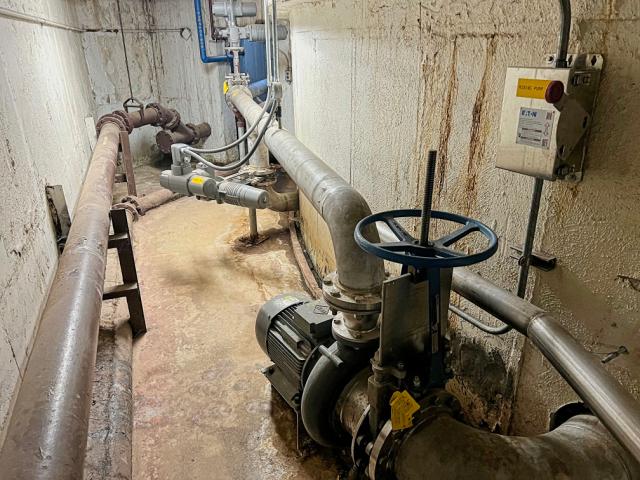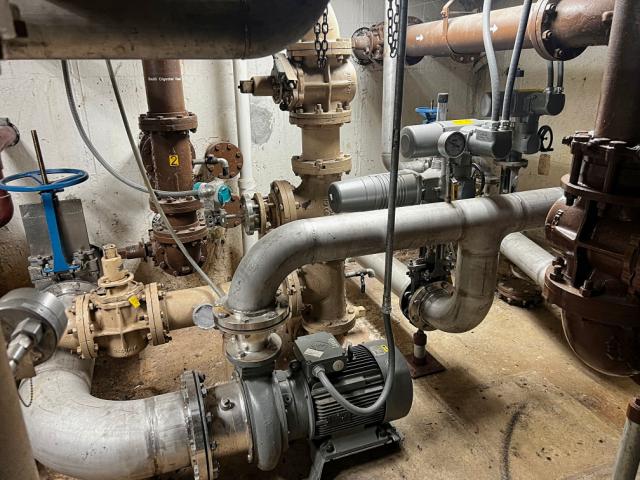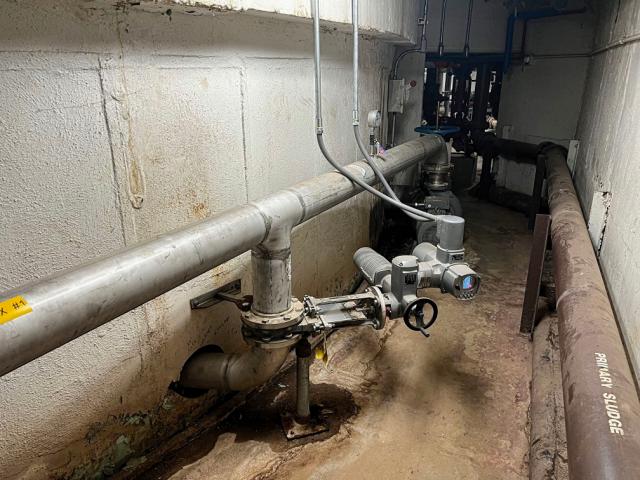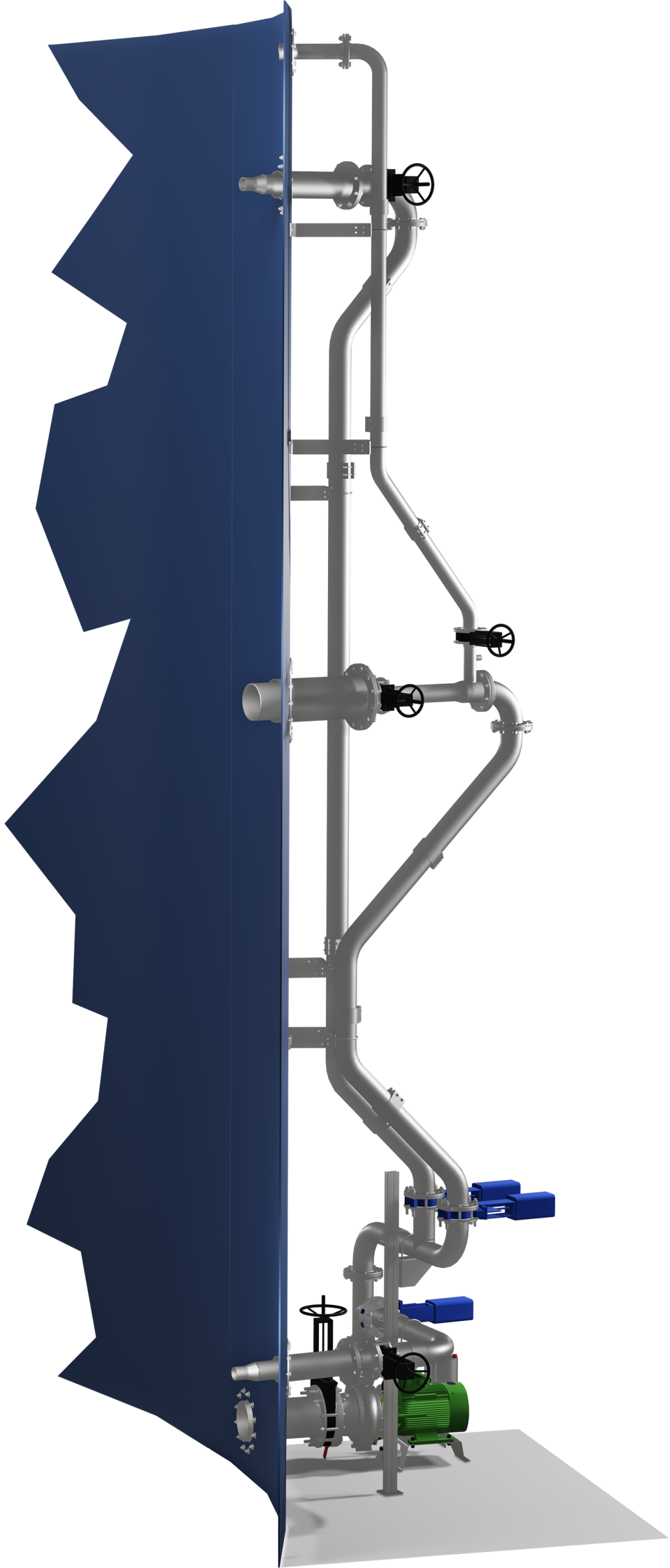Inside and out, new AD mixing system at Sparta makes all the difference
Written by Chris French
“We’re now producing biogas as we should be. The Landia GasMix has made a big difference.”
- Ed Hanson, Sparta’s WWTP Manager
Download the full article here
The city of Sparta, Wisconsin — located between Milwaukee and Minneapolis — is home to a wastewater treatment plant (WWTP) originally built in the 1950s.
Serving approximately 10,000 residents and a mix of industrial contributors including a food processor, dairy facility, and landfill, the plant manages complex influent with minimal pre-treatment. Seeking improved biogas production and more efficient operation, Sparta’s WWTP partnered with Landia to upgrade its digester mixing systems.
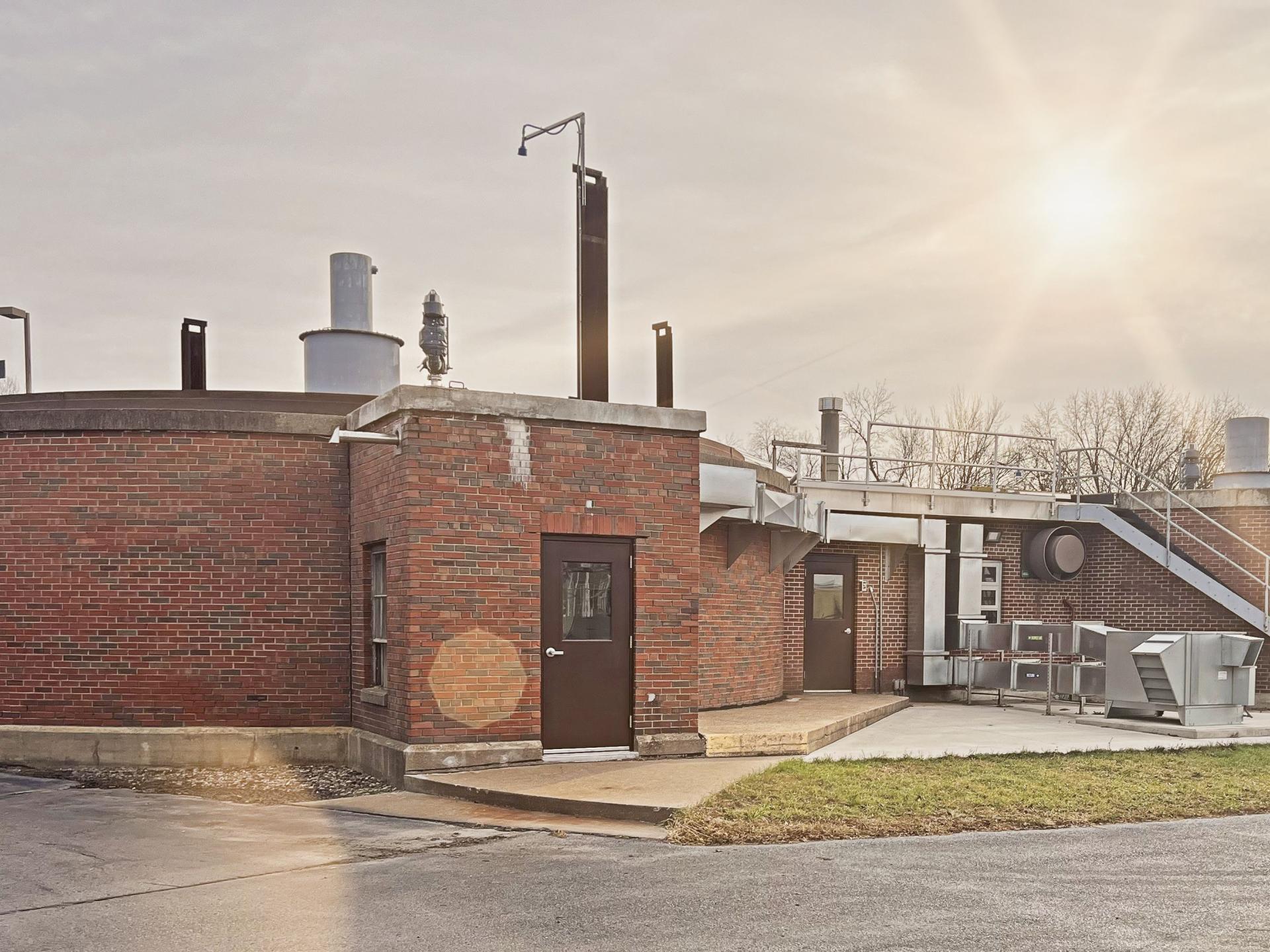
CHALLENGE
Sparta’s anaerobic digestion (AD) facility faced declining performance due to aging, inefficient mixing technology. The plant’s two digesters — 334,000 gallons (1,264 m³) and 183,000 gallons (693 m³) — were suffering from poor mixing, allowing rags, grit, and debris to accumulate at the bottom. The existing air-based system was inefficient and difficult to maintain, requiring complete tank drainage for access. This not only disrupted biogas production but also increased operational risk and maintenance costs.
SOLUTION
To resolve these issues, the WWTP selected the Landia GasMix system, a proven external digester mixing technology. The system uses Landia’s Chopper Pump, first developed in 1950, combined with strategically placed venturi nozzles to achieve comprehensive and energy-efficient mixing. All mechanical components are located outside the tank, enabling easy, non-invasive maintenance.
The first installation involved draining the primary digester, where a significant buildup of debris was discovered. Despite space constraints, the Landia team provided hands-on support throughout the installation process. Six months later, following the success of the first unit, a second GasMix system was installed in the plant’s smaller digester.
RESULTS
The results were immediate and substantial:
- 25% Increase in Biogas Yield: Enhanced mixing efficiency improved the breakdown of volatile solids, leading to a significant increase in methane production.
- Improved Thermal Stability: Digesters now maintain optimal temperatures during cold Wisconsin winters, extending biogas output.
- Reduced Downtime and Maintenance: With all components externally mounted, the plant team can now conduct regular visual and audio checks, avoiding costly and time-consuming tank drainage.
- Better Digestate Quality: The final digestate is a more valuable product, used by local farms as a nitrogen-rich fertilizer.
- Energy Efficiency and Cost Savings: Reduced gas purchases and more consistent gas production have improved the plant’s energy profile.
